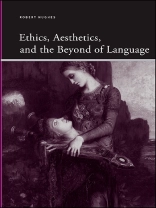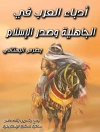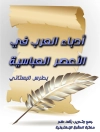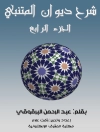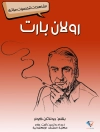This book explores the relationship between literature and ethics, showing how literature and art work to open up a part of ethics that resists traditional philosophy. Focusing on three American Romantic texts—Wieland, ‘The Legend of Sleepy Hollow, ‘ and The Marble Faun—Robert Hughes demonstrates how each dramatizes the ethical, psychological, and existential imperative to put the experience of our own traumatic limits (death, mortality, and being) into poetic language. To develop the theoretical stakes of these literary readings, Hughes also draws on four twentieth-century continental thinkers—Jacques Lacan, Martin Heidegger, Emmanuel Levinas, and Alain Badiou—each of whom, in his own way, proposed aesthetics or art as an approach to this dimension of ethics. The book also points to an overlooked common lineage, descending from German Romanticism, between American Romanticism and contemporary post-Romantic continental thought: a shared supposition about the limits of reason as a mode of presenting the essence of art and ethics, and a shared faith in the promise of literature to speak to, or open up, this subjective space of foundational ethics
表中的内容
List of Illustrations
Acknowledgments
Introduction
Opening Questions: Ethics, Literature, and the Beyond of Language
In Lieu of a Historical Introduction
1. Sleepy Hollow: Fearful Pleasures and the Nightmare of History
Rhythmic Beauty and Dreamy Charm: Memory, History, and the Pleasurable Tale
Sleepy Hollow and the Nightmare of History
Fearful Pleasures: From Trauma to the Uncanny
Postscript: The Moral of the Story and What It Goes to Prove
2. Lacan and the Beyond of Language: From Art to Ethics
The Work of Art, the Emptiness of the Signifier, the Representation of the Thing
The Head of Beatrice: The Mystery of the Beautiful and the Limit of Death
Ethics: From the Vicissitudes of Being to the Passion of the Signifier
3. Brown’s
Wieland and the Ethical Circumscription of Death
Literary Morality and the Romance of Family Murder
The Presence of the Divine Word and the Movement of the Signifier
The Unforsaken Image
Writing out of Death
4. Heideggerian Ethics: The Voice of Art and the Call to Being
Language, Poetry, and the Unconcealment of Being
Heidegger’s Van Gogh: The Shoes That Stared, the Painting that Spoke
The Call of Language and the Obligation to Bear Witness to One’s Existence
Not at Home: Heidegger and the Ethical Uncanny
5. Levinas: Art and the Transcendence of Solitude
Art and the Grammar of Being
Aesthetics, Vulnerability, and Proximity to the Other
Saying the Word and Seeking the Other in the Poem
Irresistible: The Event of Art and the Call for an Ethical Criticism
6. Endings: Ethics, Enigma, and Address in
The Marble Faun
Hawthorne’s Final Romance
Time, the Eternal City, and the Disadvantage of the History of Life
The End of the Romance, the Death of the Reader, and the Impossible Address
7. Riven: Badiou’s Ethical Subject and the Event of Art as Trauma
The Event of Art: The Hole of Truth and the Punctured Subject
A Thing of Nothing: Ethics and the Phantom Excess
Badiou on Levinas, Love, and the Poetic Naming of Ethics
Epilogue: Word after Word
Notes
Works Cited
Index
关于作者
Robert Hughes is Assistant Professor of English at the Ohio State University and coeditor (with Kareen Ror Malone) of
After Lacan: Clinical Practice and the Subject of the Unconscious, also published by SUNY Press.
